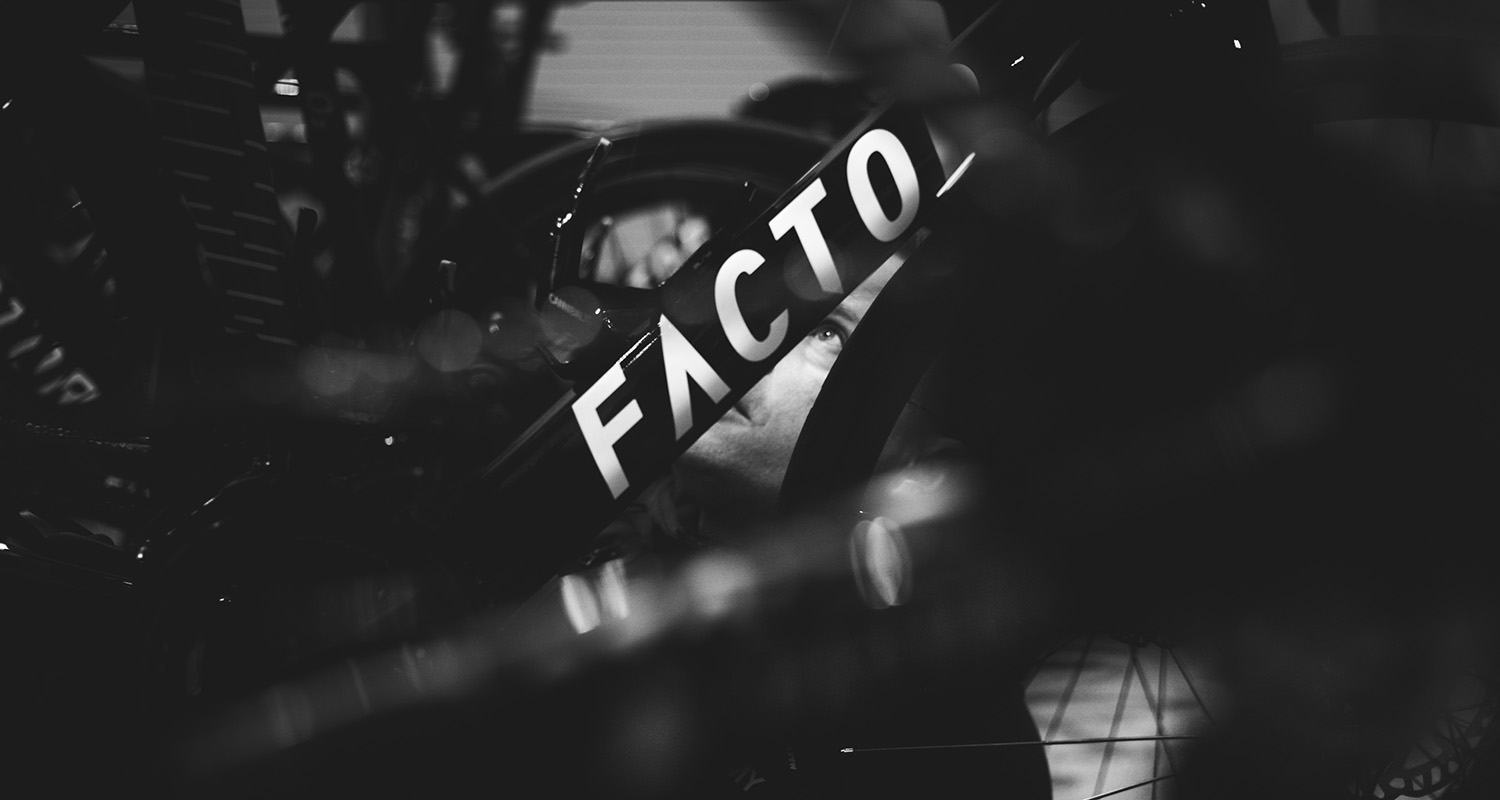Sitting on a Top Tube Explained

Photo by Annalisa Durighello
We believe the O2 VAM receives the distinction of being the only production road bike to be below the U.C.I. weight limit with a standard build (i.e., no ultralight parts).
From the outside looking in, the O2 VAM looks unassumingly normal for how unconventional it truly is. An initial noticeable difference between the O2 VAM and other ultralights is the sticker “Don’t Sit on the Top Tube.”
In official terms, referring to sitting on the top tube on an ultralight bike means we’re discussing the increase in sensitivity to rider’s bodyweight place in non-standard locations.
https://www.youtube.com/embed/2k0gLamx4B8?start=4&feature=oembed
Why is the top tube not “stronger”?
Virtually all of the contribution of a bike’s strength and stiffness comes from the sides, not the top tube, making it a particularly interesting spot on the bike. Any additional fibers on the top and bottom on a top tube will increase the bike’s vertical stiffness, making it less comfortable to ride.
Because the O2 V.A.M. is unconventional in its engineering, the weight savings come from removing unnecessary materials. All non-structural fibers, or fibers not directly influencing the ride quality, or ISO testing performed for safety reasons, have been removed.
There are no loads on the middle of the top tube. When a bike is stripped of all fibers not directly contributing to the ability to meet the loads seen during normal riding, this is where issues with sitting on the bike or putting it in a trunk or bad airplane bag can start to happen.
During a traditional, non-optimized layup, the designer still realizes this but is left with a challenge in manufacturability. The sheets of pre-preg fiber need to be quickly applied to the mandrel used for molding the frame and moved through the production process.
This can lead to a top and bottom overlap. This is a useful carbon ply, but has the excess material placed at the top and bottom of the top tube, which doesn’t help with stiffness, but helps make it easier to wrap the shape with carbon, and resists things like top tube sitting.
When a bike is built with a pure focus on weight, one of the first things the designer does is re-orientate these carbon plies to be more effective, and put material only where needed, and less where its non-contributory to the riding experience.
This gives you the same amount of material on the sides as the first two plies shown above, but does it with much less fiber used, meaning a lower weight. The end result: an ultralight bike, without any loss of ride quality, but that is more susceptible to things like sitting on the top tube.

© 2025 Factor Bikes. All rights reserved / Privacy Policy |Terms